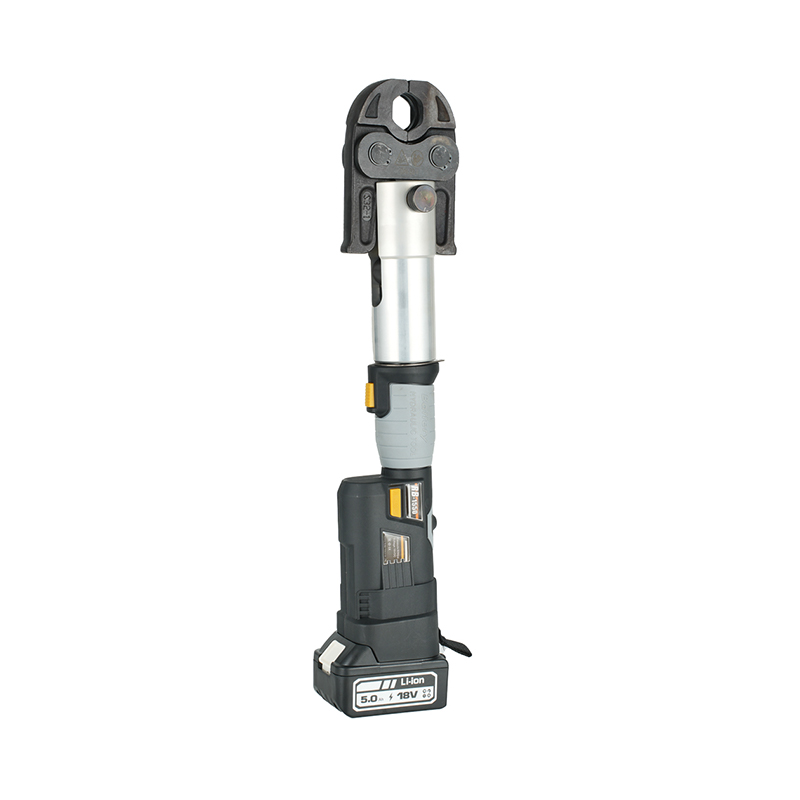



Manual pipe press pliers have become an essential tool for professionals working in plumbing and pipe installation. Their design allows for secure and efficient joining of pipes without the need for welding or soldering. Understanding how manual pipe press pliers improve efficiency in pipe installation can help contractors and technicians choose the right tools to streamline their workflow and enhance overall project outcomes.
One of the primary ways manual pipe press pliers improve efficiency is by simplifying the pipe joining process. Traditional methods like soldering or welding require extensive preparation, precise temperature control, and curing times that can delay project completion. In contrast, manual pipe press pliers use mechanical pressure to form strong, leak-proof joints quickly. This reduces installation time and allows workers to move on to the next task without waiting for joints to cool or set.
The portability and ease of use of manual pipe press pliers also contribute to their efficiency benefits. These pliers are typically lightweight and compact, making them easy to carry and operate in tight or hard-to-reach spaces. This flexibility is valuable on job sites where space constraints can hinder the use of bulky equipment. The ability to quickly access and work in confined areas helps maintain steady progress during installations.
Manual pipe press pliers offer precise control over the pressing action, which improves the quality and reliability of pipe connections. By applying consistent pressure, the pliers ensure that fittings are properly sealed and less prone to leaks. This accuracy reduces the need for rework or repairs, saving both time and materials. Secure connections also contribute to the long-term durability of plumbing systems, which benefits both installers and end users.
Another way manual pipe press pliers boost efficiency is by reducing the number of tools needed on-site. Since these pliers perform pressing without additional heat sources or complicated setups, installers can work with fewer accessories. This simplification decreases the setup and breakdown time for each job, allowing technicians to focus on the task rather than equipment management.
The ergonomic design of many manual pipe press pliers helps minimize user fatigue, allowing workers to maintain productivity throughout the day. Comfortable grips and well-balanced weight distribution reduce strain on the hands and wrists during repetitive pressing actions. This ergonomic advantage can lead to faster work without compromising safety or precision.
Manual pipe press pliers also support a wide range of pipe materials and sizes. Whether working with copper, stainless steel, or PEX pipes, these pliers often come with interchangeable jaws or adapters to accommodate different fittings. This versatility means that installers do not need multiple specialized tools, further streamlining the workflow and reducing costs.
Training and ease of operation are additional factors that make manual pipe press pliers effective in improving installation efficiency. Their straightforward mechanism allows even less experienced workers to quickly learn and perform pressing tasks correctly. Faster training translates to better team flexibility and less downtime during staff transitions.
Manual pipe press pliers improve efficiency in pipe installation by simplifying the joining process, enabling work in confined spaces, ensuring reliable connections, reducing tool requirements, and supporting ergonomic operation. Their versatility and ease of use make them a practical choice for plumbing professionals aiming to complete projects faster and with consistent quality. By incorporating manual pipe press pliers into their toolkits, installers can experience smoother workflows and better outcomes in their piping projects.
Product
Plumbing Tool Crimping Tool Cable Cutter Holemaking Pump Cutting,Bending,Punching Tool Cylinder Cable Stripper Pipe Bender Angle Iron Processing Machine Other Tools

Keep In Touch
